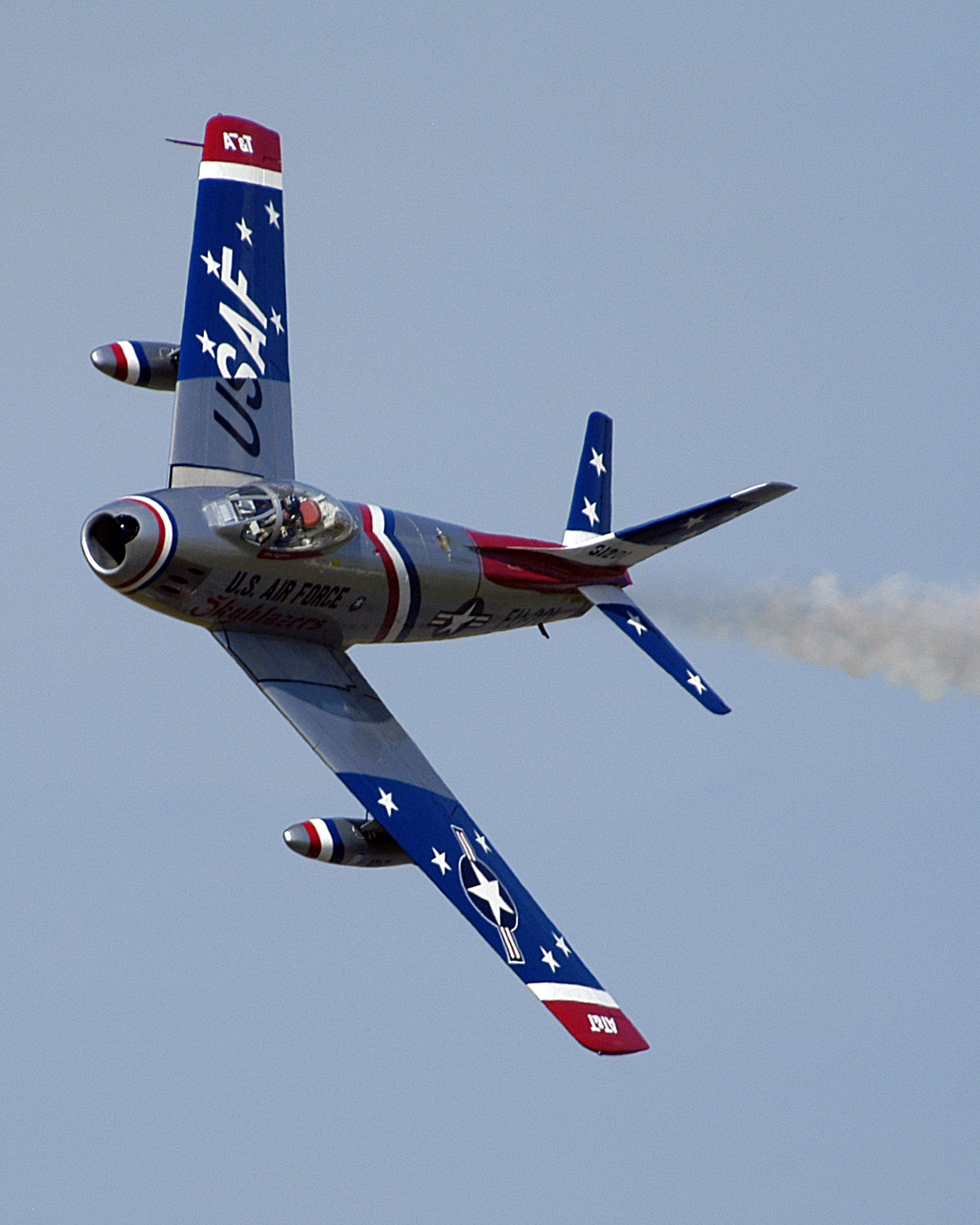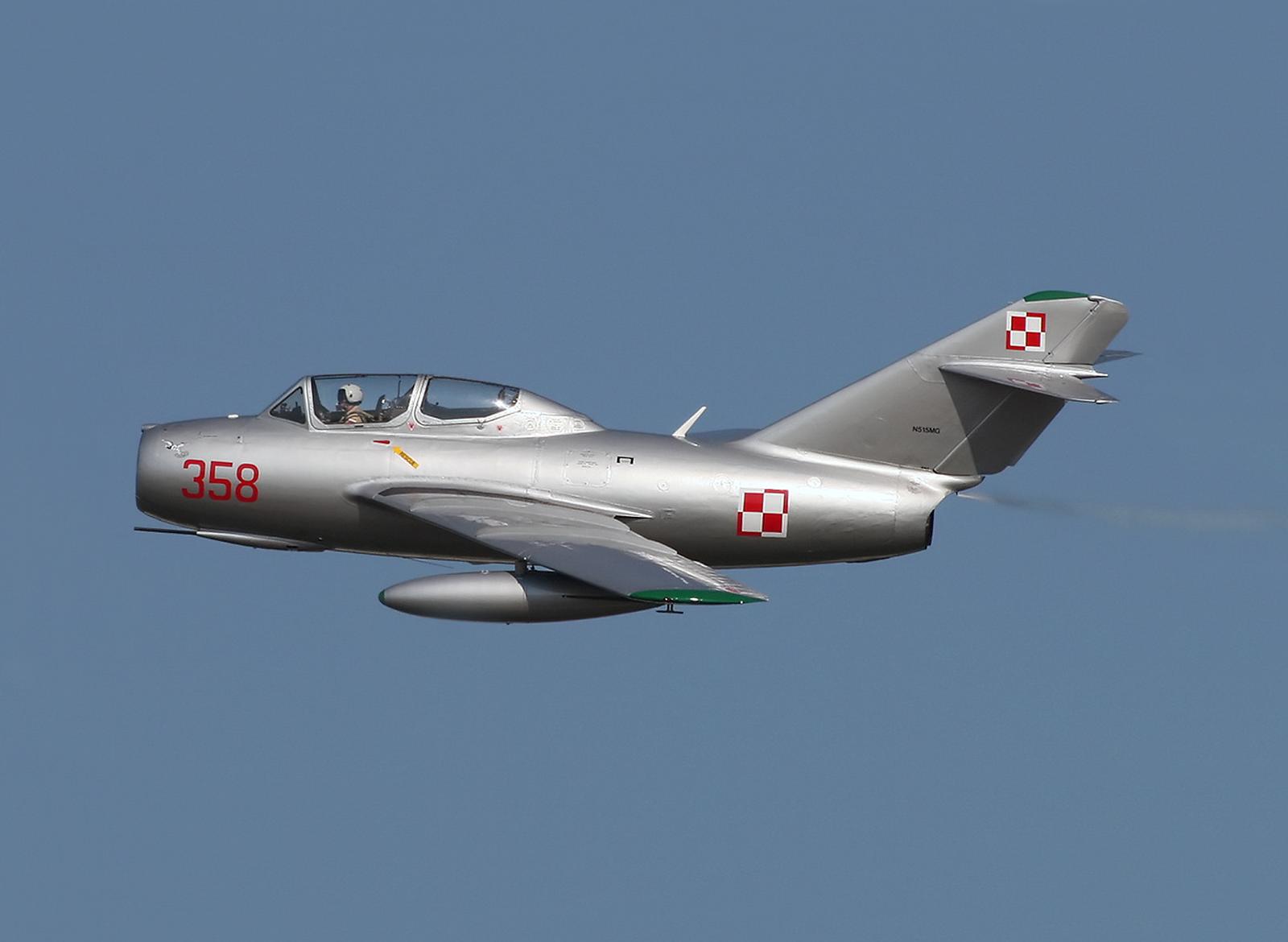Seventy years after the Korean War ended in 1953, the Chinese combat air unit named after a Korean War hero Wang Hai has vowed to be ready for combat.
The People’s Republic of China (PRC) on July 27 celebrated the 70th anniversary of what it refers to as the victory of the War to Resist US Aggression and Aid Korea (1950-53).
To mark the anniversary of the Chinese victory in the Korean War, the Chinese People’s Liberation Army (PLA) Air Force is hosting an open-day event and the Changchun Aviation Exhibition.
Present at the commemoration, a current member of a heroic Chinese Air Force unit that managed combat wins in the war vowed to be ready for combat, Global Times reported. The PLA Air Force has a Wang Hai air group named after war hero Wang Hai who flew his MiG-15 against hostile American jets during the Korean War of the early 1950s.
Senior Colonel Zhang Hong, a member of the Wang Hai Air Group named after Wang and famous for its combat prowess, told the Global Times that he was moved to tears to see the aircraft. During the Korean War, the People’s Republic of China sent out military expeditionary forces under the name People’s Volunteer Army (PVA) on Chairman Mao Zedong’s order.
“From today’s perspective, this aircraft is outdated and cannot compare with aircraft in active service now. But I can imagine how the older generation fought against the world’s top air force. Winning such glorious results must have been hard-fought,” Zhang said.
Commemorating the 70th anniversary of the victory of the Korean War!Commemorate the heroes and martyrs who sacrificed their lives to resist the US and aid North Korea!🙏Heroes and martyrs worth every Chinese people remember!🇨🇳 pic.twitter.com/Gu8RPuqDzK
— Hang (@Hey_ImChinese) July 27, 2023
However, more noteworthy was Zhang’s assertion that the air group was being trained rigorously for combat. Incidentally, this is also the first combat unit of the PLA Air Force (PLAAF) to field the J-20 stealth fighter jet.
At the static display area, a MiG-15bis fighter jet caught people’s attention at the open-day event. Early in the 1950s, this aircraft was acquired by China from the Soviet Union and has since been known for its exceptional performance during the War that the Chinese claimed was fought to Resist US Aggression and Aid Korea.
How Did China Enter The Korean War?
In the aftermath of World War II and what marked the onset of the Cold War between the United States and the former Soviet Union, the northern and southern halves of Korea had been occupied by the Soviet Union and the United States, respectively. This divided occupation arrangement persisted until 1948, when each side established a “friendly” government in its respective region.
Kim II-Sung in North Korea was utterly certain that he could easily win any military conflict with the South, which was backed by the US.
Stalin is known to have approved the North Korean plan of invasion in the spring of 1950 after much deliberation and hesitation. Stalin and Chinese Chairman Mao exchanged multiple telegrams regarding the situation in Korea, even though China had no direct involvement in the planning or execution of the Korean War.
Mao was originally hesitant, but after becoming convinced that Stalin would back a North Korean attack, he reluctantly agreed.

The surprise strike by North Korea took place on June 25, 1950. The outnumbered and outgunned South Korean troops were in full retreat within two days, with many of them defecting to the North. North Korean forces arrived in Seoul, the capital of South Korea, on the third day of the conflict.
Midway through September 1950, American General MacArthur launched a surprise amphibious counterattack behind North Korean lines with the help of numerous American supplies, transport, and combat troops. The North Koreans were entirely unprepared for the attack on the port city of Incheon. And the battle’s momentum quickly changed.
The North Korean army was disorganized and retreating back across the 38th parallel at the beginning of October. Following closely after, MacArthur’s soldiers marched into North Korea, taking Pyongyang on October 19.
Mao Zedong, at this point, was extremely disturbed. He ordered the formation of the Chinese People’s Volunteer Army (CPV) in early October to fight the American-led United Nations forces. Advance CPV units entered North Korea at the end of October.
Soviet MiG-15 In Chinese AF Fought US Fighters
Previously, Stalin had assured Mao that the USSR would manage the air conflict. On October 10, he changed his mind. Stalin did, in fact, ask Soviet advisers to leave North Korean units out of concern that some may be captured and prove Soviet collusion.
Stalin, therefore, broke his word, but he did offer to provide China with more MiG-15s and to offer some direct air support. Moscow sent several regiments of brand-new MiG-15s to the Far East as a first move. For a long time, the MiG-15 was the best Soviet interceptor. The introduction of the MiG-15bis, which is now on display in Chanchung, in 1951 marked the beginning of the aircraft’s modernization.

The North Koreans started flying a variety of piston-engine fighters when the Korean War started in June 1950. American jets quickly eliminated these from the sky, and B-29 formations started a methodical aerial offensive on the North Koreans.
The MiG-15 started to appear in the skies over Korea when China joined the conflict. The MiG-15 quickly outperformed American straight-wing fighters like the F-80 and F-84 Thunderjet, giving the Chinese a brief aerial advantage before forcing United Nations troops to cease daytime bombing.
Chinese fields in Manchuria served as the base for Soviet MiG-15 regiments. In November 1950, the USAF engaged a MiG-15 for the first time. Air Force pilots suddenly found themselves up against a powerful foe, while Soviet pilots showed little interest in advancing their attacks. The MiG-15 had several advantages over the more recent F-86, particularly at higher altitudes, and was technologically superior to the US F-80 and F-84 jet fighters.

With the Chinese flying air sorties against the Americans, ‘MiG Alley’ gained prominence. The area of North Korea in the northwest where the Yalu River empties into the Yellow Sea was dubbed “MiG Alley” by United Nations (UN) pilots during the Korean War.
Shocked by the speed, climbing capacity, and high operating ceiling of the Soviet fighter, the United States hurriedly delivered to Korea the new F-86 Sabre, which managed to restore US air superiority in part thanks to an improved pilot-training system by the US Air Force.
On its part, the MiG-15 essentially put an end to daytime bombing flights by massive, sluggish B-29 Superfortresses from World War II, and Soviet pilots continued to engage in aerial combat with American and allied aircraft even as they taught Chinese and North Korean pilots how to fly in the new jet era.
.svg/800px-MiG_Alley_Map_(en).svg.png)
The MiG-15 performed admirably in its intended mission against formations of B-52 heavy bombers, successfully shooting down a large number of bombers. Although Americans asserted that its fighter jet, F-86 had the advantage in combat kills, the outcomes of the match-up with the F-86 were not as clear-cut and crisp.
MiGs could launch from the Antung complex of airfields in Chinese Manchuria and be prepared to fight within a few minutes, whereas Sabre pilots had to fly a great distance just to get to MiG Alley, let alone engage in combat there. This is why the Communists decided to challenge American air power primarily in “MiG Alley.” In essence, MiG Alley was pushing the F-86’s endurance limit.
Chinese war hero Wang Hai flew a Mig-15 through opposing aircraft during the Korean War, including F-80 and F-84s. He shot down four of them and damaged five more, making his air warfare exploits legendary. Wang served as a pilot for the 3rd Fighter Aviation Division in the Korean War (1950–1953). Nine American aircraft were shot down or damaged by him, and his own air group scored 29.

As more information became accessible, it started becoming clear that both sides overclaimed numerous times throughout the Korean War, raising questions about the legitimacy of many of these claims. While the US side shot down more MiG-15s, the latter’s performance was hailed as historic for engaging advanced US jets.
An illustration of this took place on May 20, 1951, when 28 F-86 Sabres and 30 MiG-15s engaged in the greatest fighter engagement of the conflict to that point. Following the conflict, the Americans captured three MiGs while the Soviets captured four Sabres. In reality, only one aircraft was lost by each side.
Both the UN and the countries of the Soviet bloc disagreed on how many planes were lost during the conflict. UN pilots claim to have shot down 840 aircraft during the conflict, however, according to reports from China, the Soviet Union, and North Korea, only 600 aircraft total, including non-combat losses, were lost by the three countries.
While the US asserts to have lost just 100 aircraft in action, Soviet Union sources assert that they shot down 800 UN planes. Military watchers and policy analysts later concluded that the discrepancy in the numbers presented by the two warring sides was due to their propaganda purposes.
It was the first large-scale war after WW2 that saw extensive air combat, especially at the best of a newly established People’s Republic of China that was still recovering from its civil war.
Although Western historians have held that the Korean War ended in a draw, the Chinese hailed it as a victory along with North Korea and the Soviet Union. 70 years on, the Chinese don’t fail to celebrate their feat against the US, with air power being the major theme of celebrations this year.
- Contact the author at sakshi.tiwari9555 (at) gmail.com
- Follow EurAsian Times on Google News




